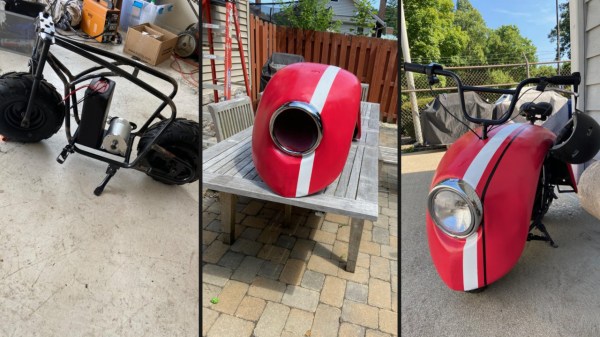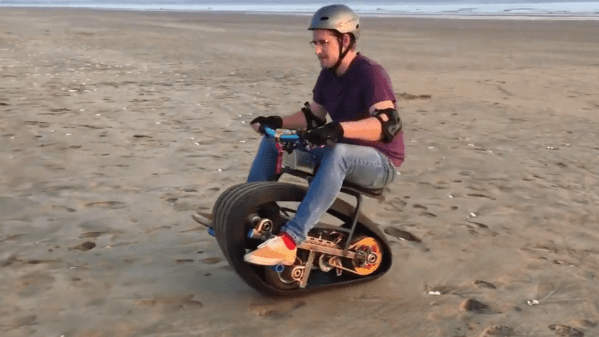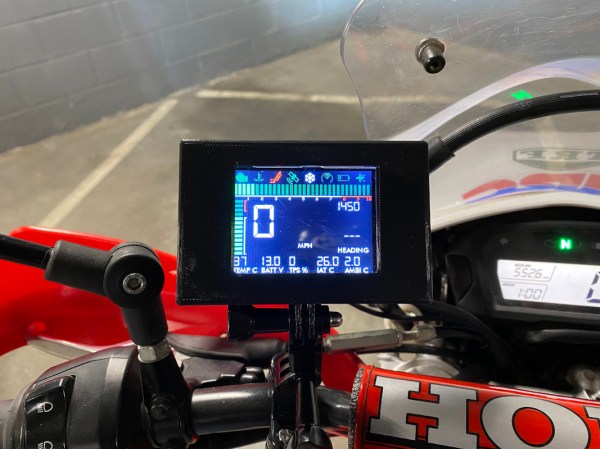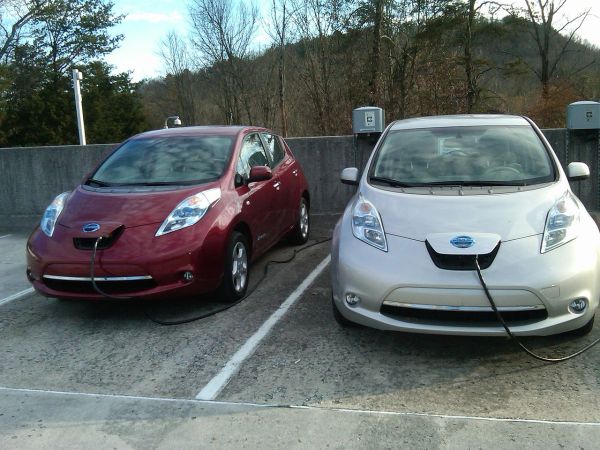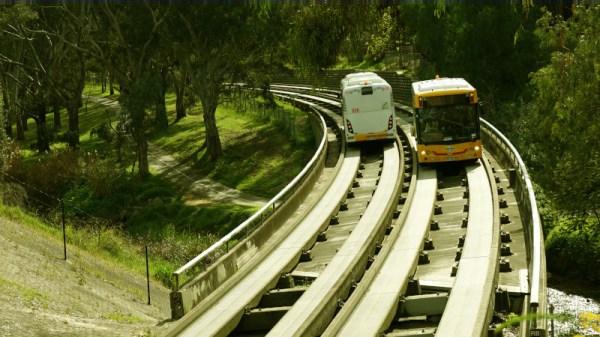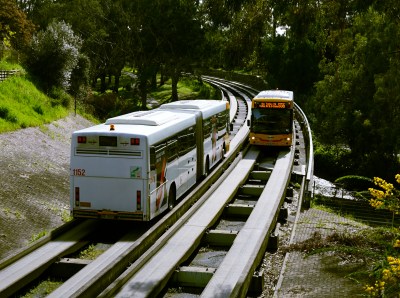The Volkswagen Beetle is a true automobile icon, and while it may not be the fastest or most breathtaking looking car ever built, its unmistakable shape with those elegant curvy fenders and bulgy lights holds a special place in many people’s hearts. And then it inspires them to build minibikes from those same parts.
[Brent Walter] is well know as an originator of the hobby, starting a little while ago with his Volkspod. Inspired by [Brent’s] work, [Jonah Mikesell] decided to give it his own try, but unlike the original design that uses an actual minibike under the hood, he built an electric version of it, and painstakingly documented every step along the way.
The idea of the Volkspod is to take the Beetle’s two front fenders, weld them together to one symmetric body, and turn it into a small motorcycle. [Jonah]’s version does all that, but instead of taking a whole minibike as core of the project, he only uses a minibike frame and substitutes the engine with a 2000 Watt e-bike motor along with an e-bike battery pack. Fitting the frame within the dimensions of the fender construct required some extra welding work, but in the end, it all came nicely together, and with its red paint job, it kinda looks like something from a vintage post-apocalyptic sci-fi cross-genre movie. Watch him taking it for a spin in the video after the break.
Unfortunately, neither the original Volkspod nor this one has the roaring engine sound of an actual Beetle — which is akin to what the wings of a real-life beetle of similar size would probably sound like. But well, it’s always an option to fake that. And if [Jonah] ever feels the urge of a bigger engine, maybe a washing machine can help.
Continue reading “Electric Volkspod Takes You On An Eco-friendly Beetle Cruise”

